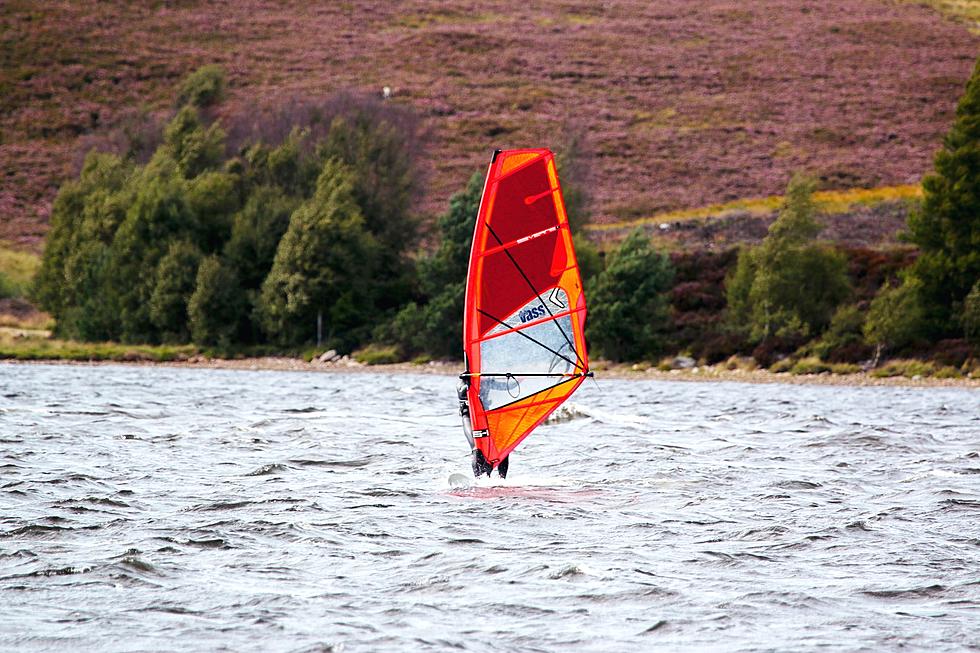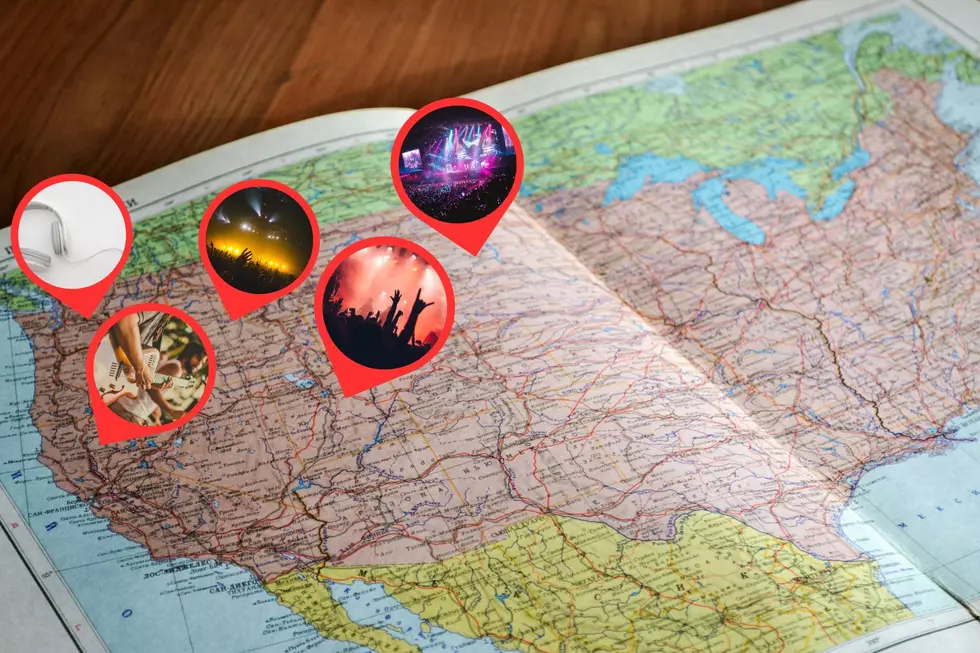
Western Montana Labor Day Lake Forecast Calls for Wind
It is the unofficial farewell to summer. Labor Day weekend is here, and many Montanans are flocking to the lake for one last taste of summertime fun. If you are hitting up any of western Montana's lakes this weekend. Beware the possibility of some increased winds.
I have never been fond of wind. It has got to be one of my least favorite weather conditions. I can live with being drenched by rain or buried in snow. But, if I have to endure wind for any period of time, I go crazy.
In my family, there is a rule when we are spending time outdoors or on the boat. DO NOT SAY THE "W" WORD! It is a rule that I enforce almost more than any other rule on the boat. I will not tolerate someone saying the "W" word. My 9 year old learned the hard way that it is not just superstition that I made the rule. This past spring, while fishing Holter Reservoir, my son thought it would be funny to repeat the word over and over. He did it just to see my reaction. But, little did he know, the "powers that be" heard him and granted his wish. We went from launching the boat on a mirrored lake. To attempting to load the boat in 30 mph winds.
Well, this weekend you may want to think twice before you let the "W" word slip. Forecasts are calling for wind to pick up starting tomorrow, with the highest winds coming Monday.
Check out the latest report from our friends at KPAX.



